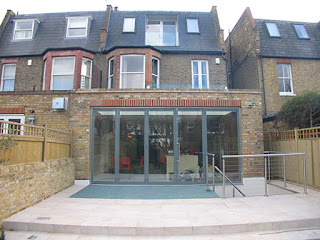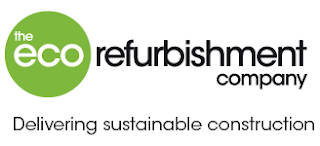In the recent years, passivhaus
or passive house has become very popular. We can find many people who
are opting for this option. There are many good things about this
option, and some of them are mentioned herein below:
- One of the best things about passive house is that this type of a house is energy efficient. During summers, it will give you a cool effect, and during the winters, it will give a hot effect.
- The other reason why most of the people prefer this option these days is because this house can be dismantled and again be constructed without taking much time. This type of house is made in the factories. One has to provide the passivhaus construction companies with all the details that are required to build one such house. The companies come up with exactly the type of house that the individual wants.
- One of the advantages of this house is that of passivhaus retrofit. It means that even if this house is constructed and installed in the area you have mentioned, you can still get the changes done as per your wish. If you think any more modifications are required, then also you can get it done.
Apart from these, there are many other benefits of going for a
passivhaus. But the only thing you need to keep in mind is that of
getting in touch with a company that uses the best quality materials
while making this house. So, if you want a passivhaus, then start
looking for a company that offers the best quality passivhaus.


